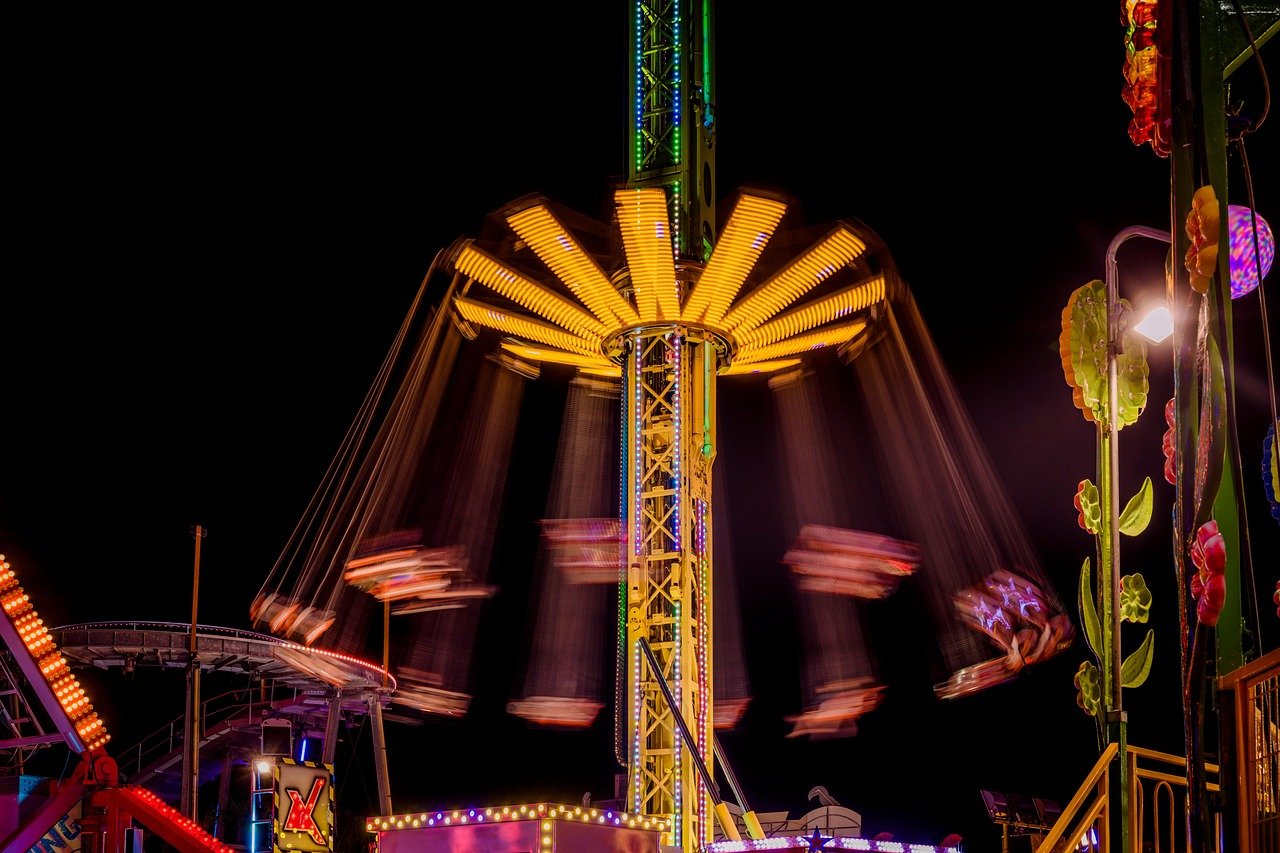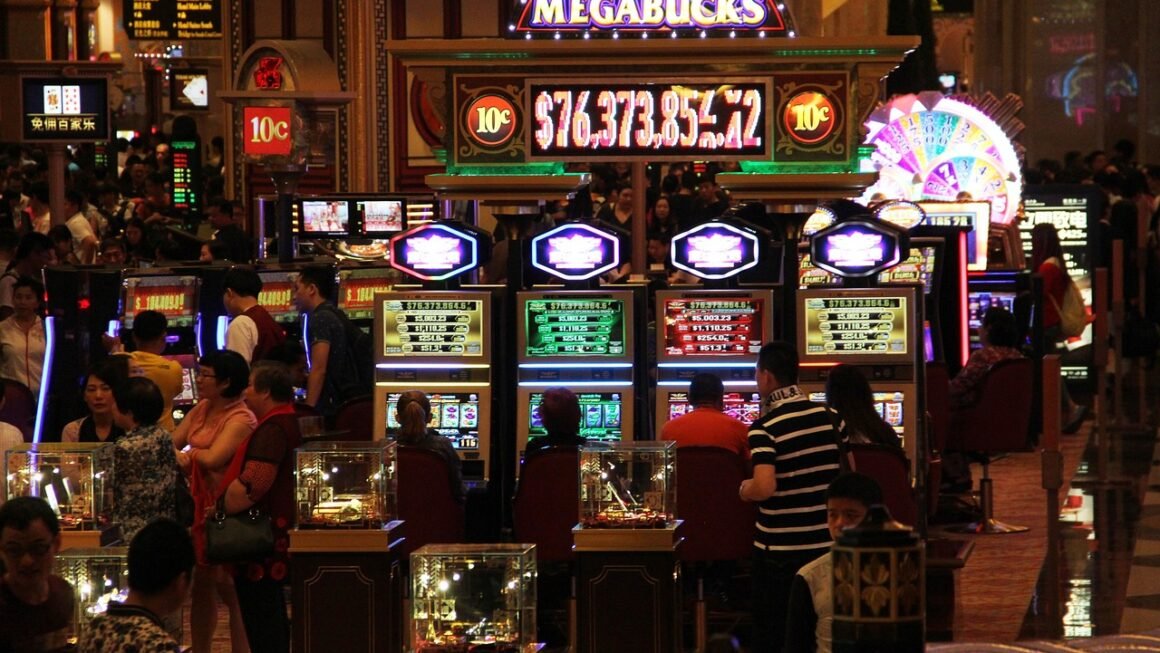Pop culture: it’s the soundtrack to our lives, the memes we share, the shows we binge, and the trends that define eras. More than just fleeting entertainment, pop culture acts as a mirror, reflecting and shaping societal values, beliefs, and conversations. This ever-evolving landscape is a powerful force, influencing everything from fashion and language to politics and technology. Let’s dive into the multifaceted world of pop culture and explore its impact on our lives.
Defining Pop Culture: More Than Just Trends
What Qualifies as Pop Culture?
Pop culture, short for “popular culture,” encompasses the widely disseminated ideas, perspectives, attitudes, images, and other phenomena that are mainstream or dominant within a given society. It’s the culture of the people, for the people, and by the people, driven by mass media and consumerism. Key characteristics include:
- Widespread Appeal: It’s embraced by a large segment of the population.
- Mass Production & Consumption: It’s easily accessible through mass media channels.
- Transience: Pop culture trends often have a limited lifespan.
- Commercialization: It’s frequently driven by commercial interests.
Think of K-Pop music skyrocketing in popularity, the “Barbie” movie becoming a global phenomenon, or the resurgence of 90s fashion – these are all examples of pop culture at work.
Differentiating from High Culture and Subculture
While pop culture is ubiquitous, it’s important to differentiate it from other forms of culture:
- High Culture: Associated with the elite, often requiring specialized knowledge or appreciation (e.g., classical music, opera, fine art).
- Subculture: A smaller cultural group within a larger culture, often with distinct values and practices (e.g., Goth culture, skateboarding culture).
Pop culture often borrows from and influences both high culture and subcultures, creating a dynamic interplay. For example, street art (originally a subculture element) gaining mainstream recognition and influencing fashion trends.
The Impact of Media on Pop Culture
Television and Streaming Services
Television has long been a dominant force in shaping pop culture, and streaming services have only amplified this influence. Shows like “Friends,” “Game of Thrones,” and “Squid Game” have become cultural touchstones, sparking global conversations and influencing fashion, language, and even social attitudes.
- Example: The “Stranger Things” effect led to a surge in the popularity of Dungeons & Dragons and 80s fashion trends.
- Statistic: According to Nielsen, streaming accounted for 36% of total television viewing in the US in 2023.
Film and Blockbuster Culture
Blockbuster films continue to dominate the box office and shape global trends. Superhero movies, animated features, and action franchises often generate massive cultural buzz, influencing merchandising, fashion, and social media trends.
- Example: The Marvel Cinematic Universe (MCU) has created a shared cinematic universe that influences conversations and trends across various platforms.
- Actionable Takeaway: Pay attention to the marketing strategies employed by blockbuster films – they often provide valuable insights into current consumer preferences.
Social Media’s Role in Spreading Pop Culture
Social media platforms like TikTok, Instagram, and X (formerly Twitter) have revolutionized how pop culture is disseminated and consumed. Viral trends, memes, and challenges can quickly spread across the globe, influencing everything from fashion and beauty to music and dance.
- Example: The “ice bucket challenge” raised awareness for ALS, demonstrating the power of social media to drive social change.
- Benefit: Social media allows for instant feedback and interaction between creators and consumers, shaping the direction of pop culture in real-time.
Pop Culture’s Influence on Society
Shaping Fashion and Beauty Trends
Pop culture plays a significant role in dictating fashion and beauty trends. Celebrities, influencers, and fictional characters often serve as style icons, inspiring consumers to adopt new looks and express themselves through fashion.
- Example: The impact of Korean dramas and K-Pop on beauty standards and fashion choices globally.
- Practical Tip: Analyze runway shows and celebrity styles to anticipate upcoming fashion trends.
Impacting Language and Communication
Pop culture introduces new slang, idioms, and catchphrases that often become integrated into everyday language. Memes, in particular, have become a powerful form of communication, conveying complex ideas and emotions in a concise and humorous way.
- Example: The widespread use of emojis and GIFs to express emotions in online communication.
- Data Point: A study by Oxford Dictionaries found that the “face with tears of joy” emoji was the most used emoji globally in 2015.
Influencing Social and Political Discourse
Pop culture can serve as a platform for addressing important social and political issues. Films, television shows, and music can raise awareness, challenge stereotypes, and spark conversations about topics ranging from gender equality and racial justice to climate change and political polarization.
- Example: Shows like “Black-ish” and “Pose” tackle complex social issues while entertaining audiences.
- Takeaway: Recognizing the social and political messages embedded in pop culture allows for a more critical understanding of its influence.
The Business of Pop Culture: Cashing in on Trends
Merchandising and Licensing
Pop culture icons and trends are often monetized through merchandising and licensing agreements. From toys and clothing to video games and theme park rides, these products generate billions of dollars in revenue annually.
- Example: The Star Wars franchise has generated billions of dollars in revenue through merchandising and licensing deals.
- Benefit: Successful merchandising can extend the lifespan of a pop culture trend and solidify its place in cultural history.
The Creator Economy and Pop Culture
The rise of the creator economy has empowered individuals to create and distribute their own content, often leveraging pop culture trends to gain popularity and monetize their creations. Platforms like YouTube, TikTok, and Twitch have become breeding grounds for new pop culture phenomena.
- Example: Influencers building their brand by creating content based on popular video games or movies.
- Actionable Takeaway: Explore opportunities to leverage pop culture trends to promote your own brand or creative work.
The Future of Pop Culture: What’s Next?
Predicting the future of pop culture is a challenging task, but several trends are likely to shape its evolution:
- Increased Personalization: AI and data analytics will enable more personalized pop culture experiences.
- Virtual and Augmented Reality: Immersive technologies will create new forms of entertainment and social interaction.
- Globalized Pop Culture: The increasing interconnectedness of the world will lead to more cross-cultural pollination of ideas and trends.
Conclusion
Pop culture is a dynamic and influential force that shapes our lives in countless ways. From the movies we watch and the music we listen to, to the fashion we wear and the language we use, pop culture reflects and influences our values, beliefs, and behaviors. By understanding the various aspects of pop culture and its impact on society, we can become more informed and engaged consumers and creators in this ever-evolving landscape.


